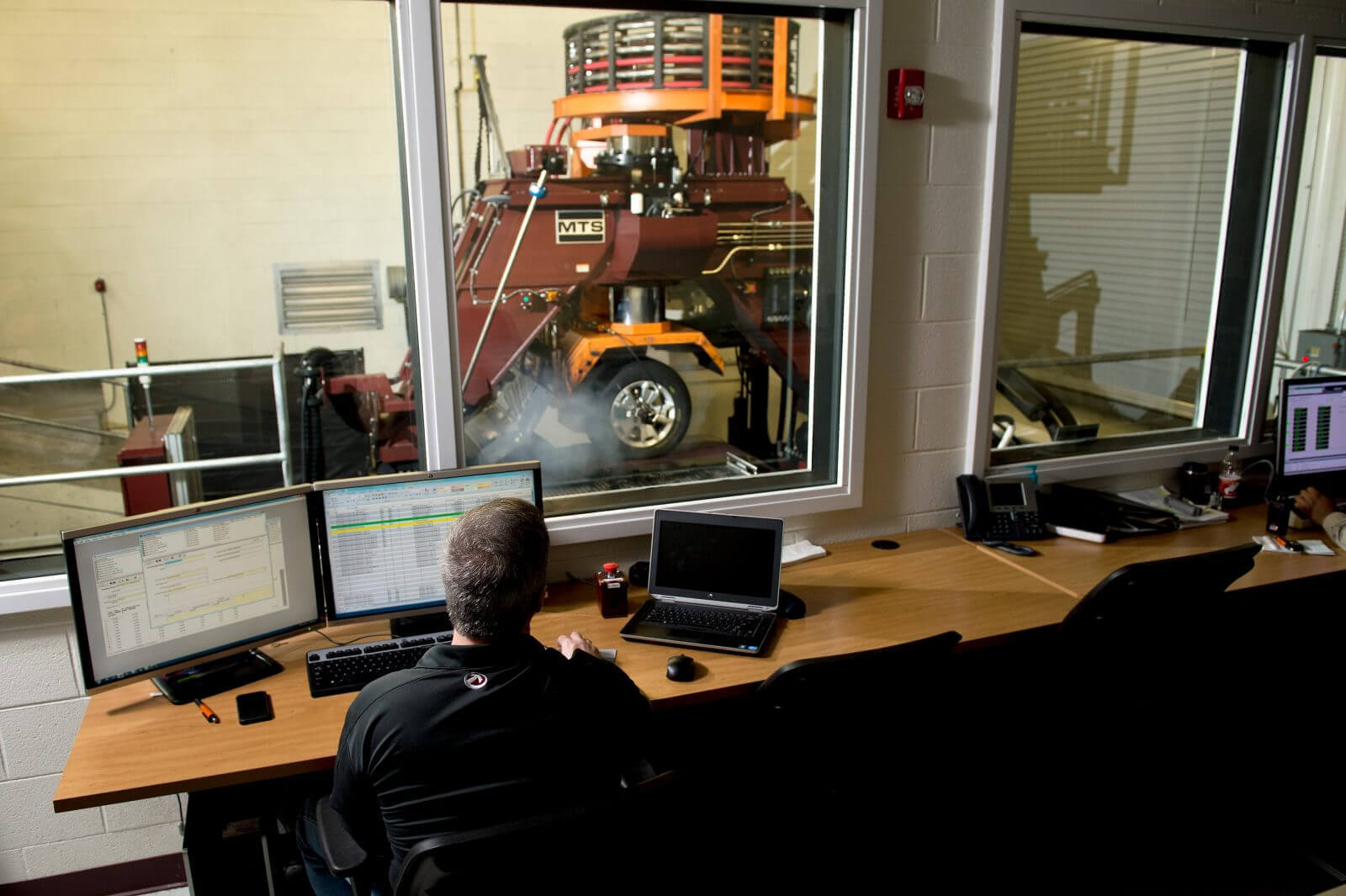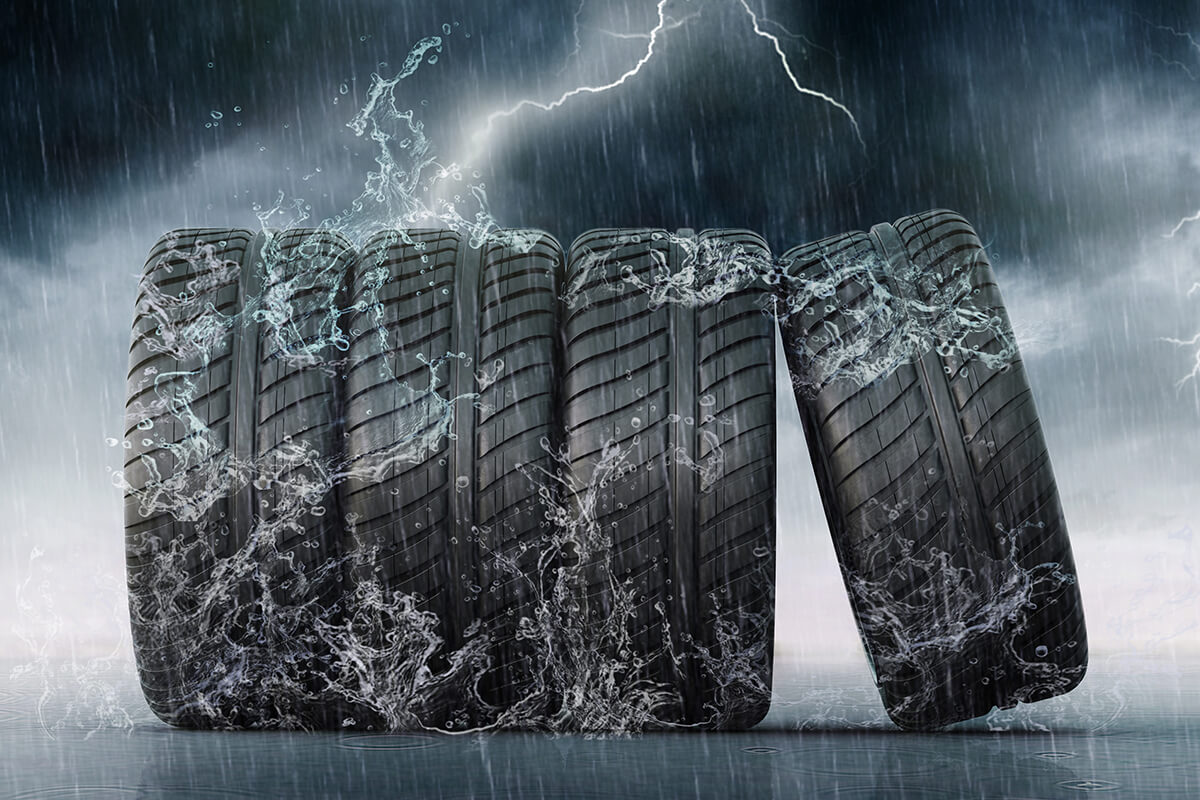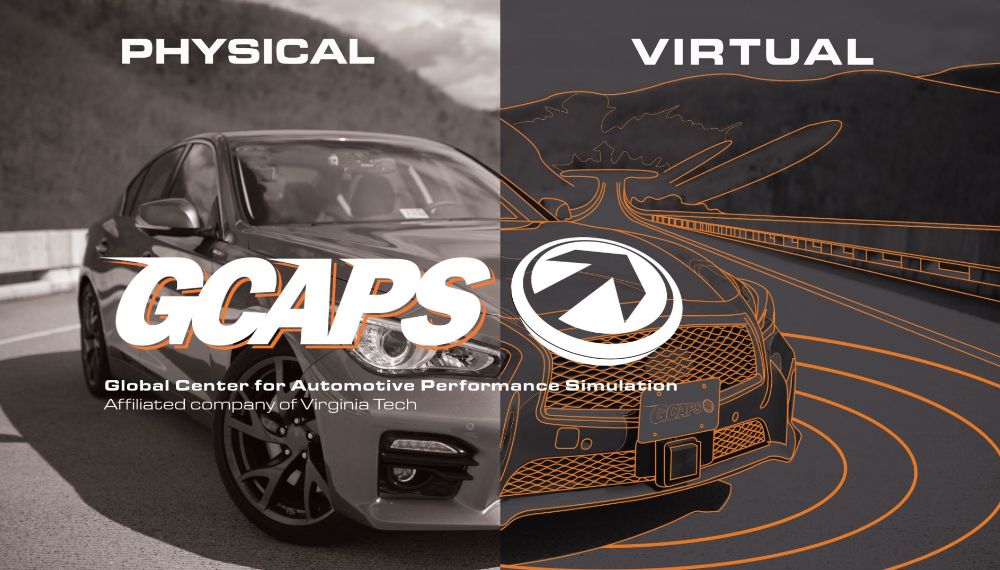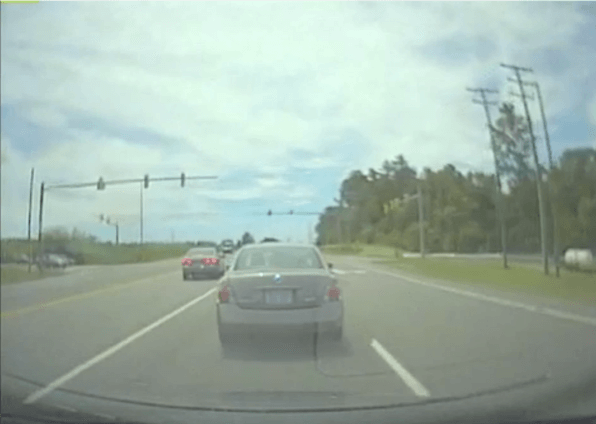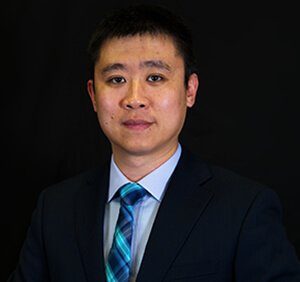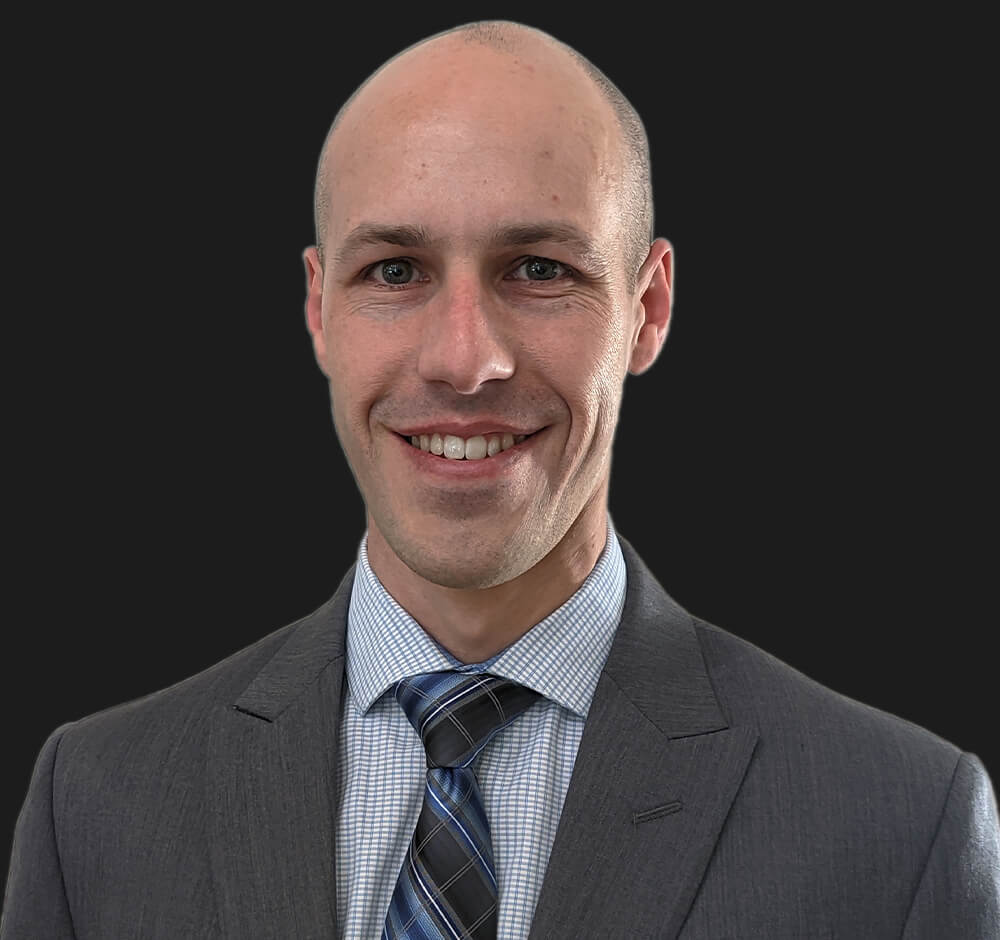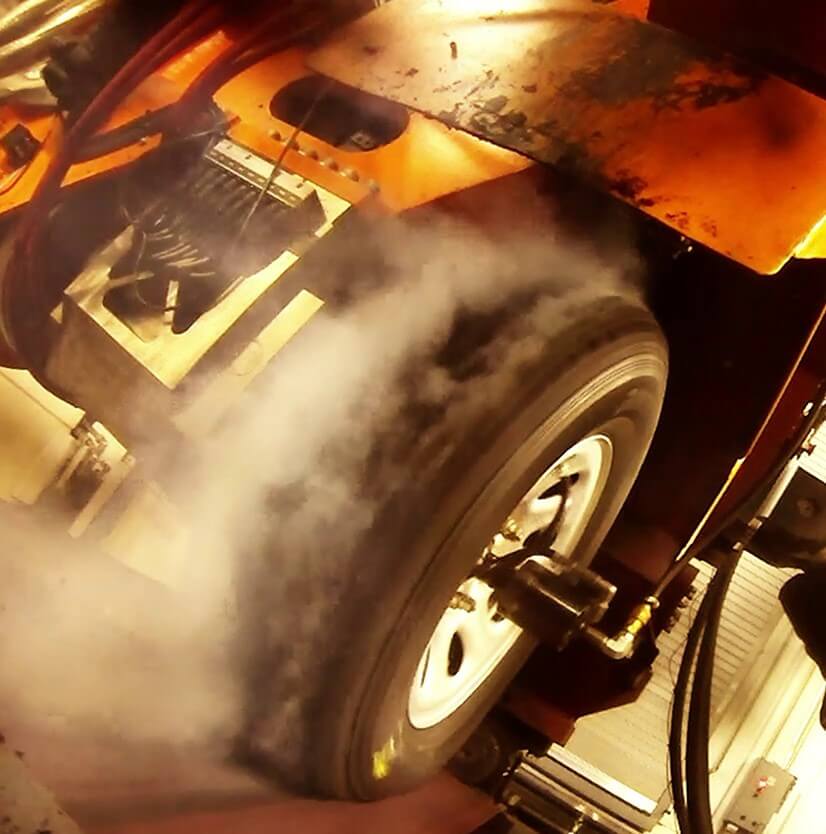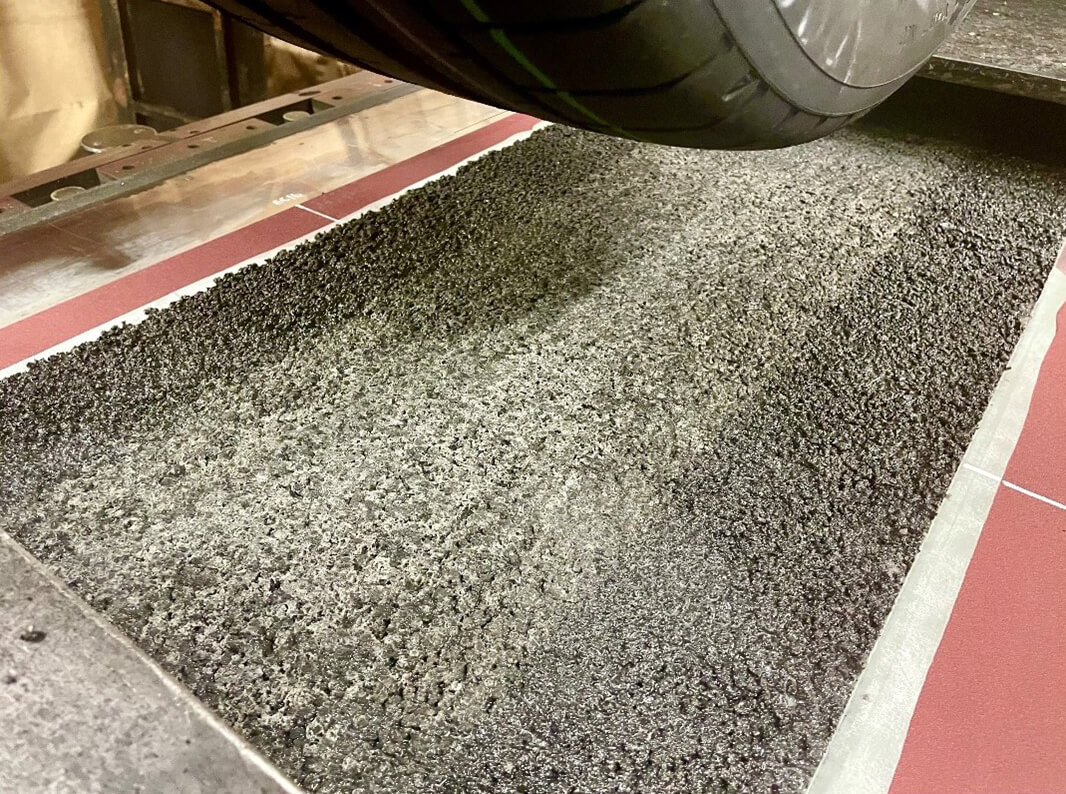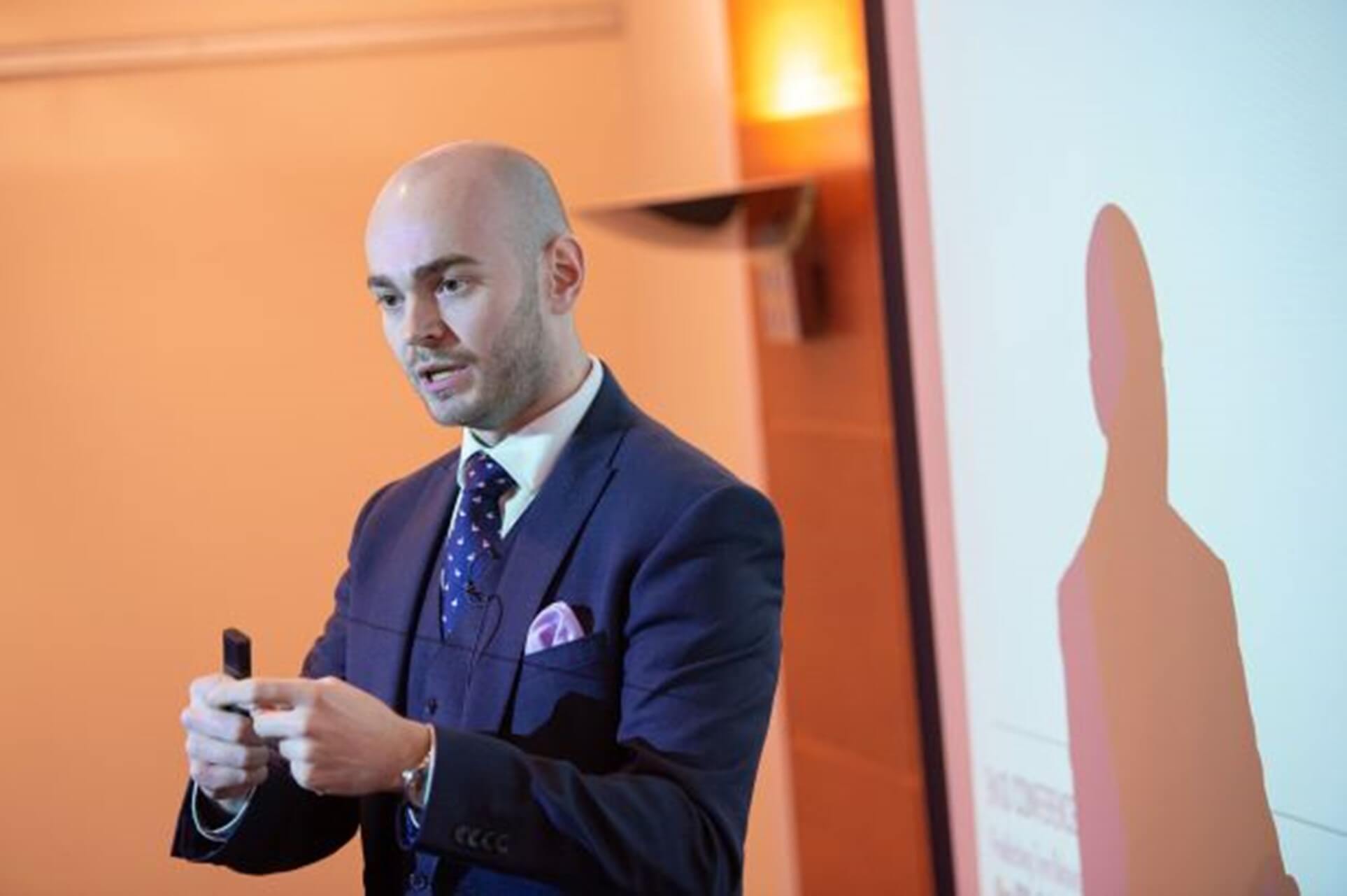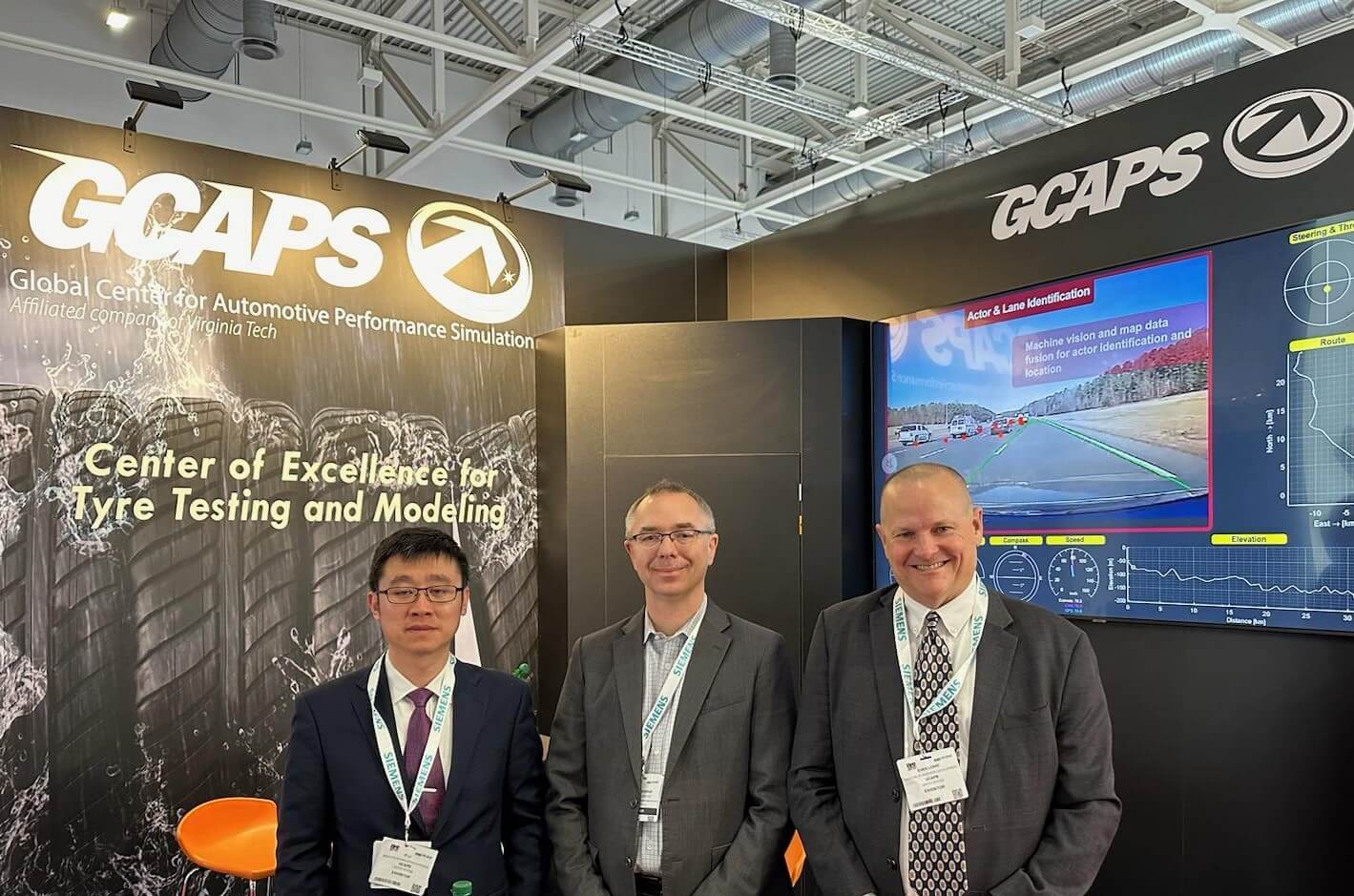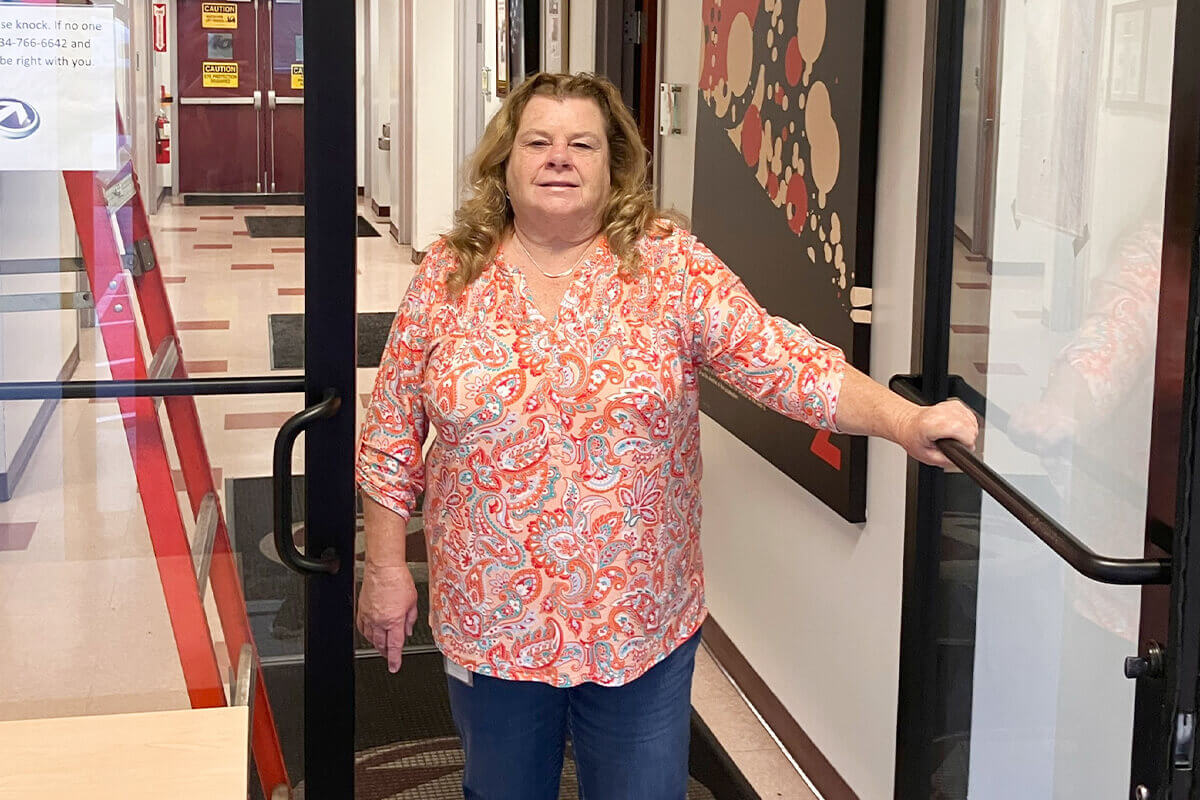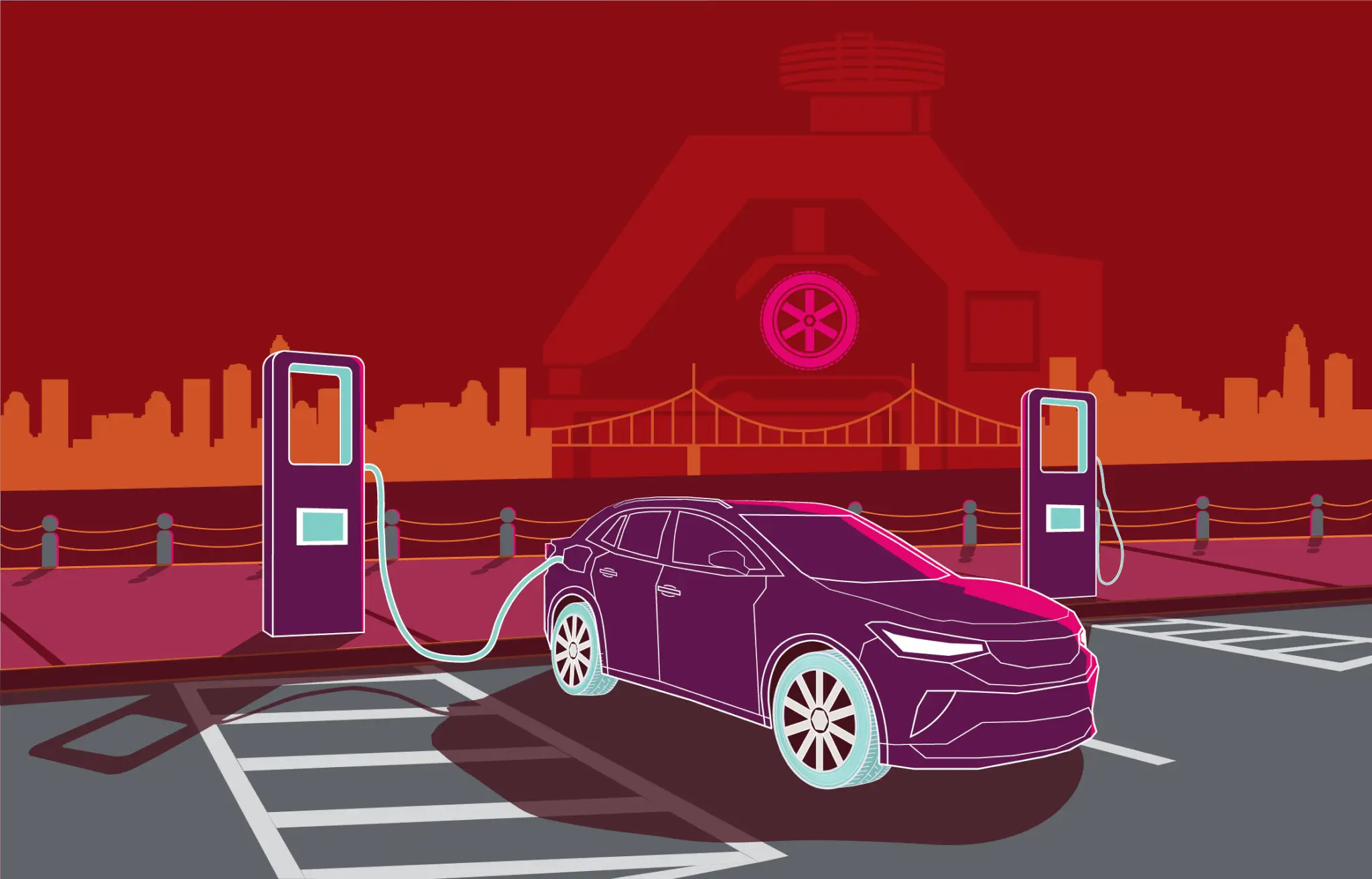
What’s New at GCAPS?
Read about important updates and technical insights from our experts and engineers.
Unparalleled tire testing center rolls forward
The Global Center for Automotive Performance Simulation has created a first-of-its-kind tire testing technology that replicates roadway conditions in a controlled environment. This tire testing technology, known as Asphaltant, is a custom surface that brings the asphalt texture of public roadways to an indoor testing machine.
Join GCAPS at the International Tire Technology Expo 2025!
GCAPS is excited to announce our attendance at the International Tire Technology Expo on March 4-6, 2025, at Deutsche Messe in Hannover, Germany! Visit us at Booth 4031 in Hall 20 to learn about our best-in-class tire testing facilities and how we can improve your tire and vehicle development process, including our most recent advancements.
Fall 2024 Newsletter
Autumn is upon us, marking the beginning of the beloved holiday season. With Thanksgiving around the corner, GCAPS is extremely fortunate to have forward thinking client partners! We are thankful for receiving their vote of confidence in the form of important transformational execution within their tool chains.
What is Down the Road for GCAPS?
What is Down the Road for GCAPS?A major problem in the field of automated driving systems (ADS) and advanced driver assistance systems (ADAS) is the lack of unique test cases for simulated testing based on real-world scenarios. GCAPS aims to alleviate this issue by creating digital twins of real-world test cases captured through a multitude of databases, including the Virginia Tech Transportation Institute’s naturalistic driving database. We have developed a process to digitize a concrete scenario and create meaningful variations to expand the number of test cases. By partnering with companies who manufacture hardware-in-the-loop (HiL) equipment, GCAPS can provide a
Dr. Yi Li, Recaps the 2024 Tire Society Meeting
Dr. Yi Li Recaps the 2024 Tire Society MeetingIn September of this year, GCAPS Research scientist, Dr. Yi Li, attended the 2024 Tire Society Meeting in Akron, Ohio. At the conference, he presented twice on the topics of “Wheel Slips Explained by Aristotle’s Circle” and “Experimental Methods for Reproducing Self-Sustained Longitudinal Tire Vibrations.” Learn what Li had to say about his time at the conference!Were any helpful ideas for improving your work relative to either talk brought to your attention?Of course. During the break, Carlos from WOM Testing Technology approached me for open discussions. We both agreed that the next
Dr. Sean Hubbard Recaps the ADAS & Autonomous Vehicle Technology Expo
Dr. Sean Hubbard Recaps the ADAS & Autonomous Vehicle Technology ExpoIn August of this year, Dr. Sean Hubbard represented GCAPS at the ADAS and Autonomous Vehicle Technology Expo in San Jose, California. During his time at the conference, he presented on a crucial topic: “Reduction of Parameter Space Testing via Safety Model.”In his talk, Hubbard dove into innovative strategies for optimizing testing processes in the development of autonomous vehicles. By reducing the parameter space through advanced safety modeling, he demonstrated how to enhance efficiency and safety in the testing phase of autonomous systems. This presentation provided valuable insights for professionals
Tire Test Software
Tire Test SoftwareIn order for us to run a truly world-class tire testing facility, we have developed a number of internal software tools that maximize our efficiency and the quality of data and models that our customers receive. These tools range from test creation and execution to data processing to TYDEX creation. Right now, we are in the process of commercializing these tools, which means that they will soon be available to various customers, including those from other test facilities, consultancy firms, automotive OEMs, and tire manufacturers.We have already licensed some of these tools to select customers, and the feedback
Asphaltant Open Day
Asphaltant Open DayThere are complementary advantages and disadvantages to testing tires indoors versus outdoors. In brief, testing indoors is incredibly reliable, repeatable, and tends to be more cost-effective. However, testing on a Flat-Trac utilizes a sandpaper surface, which can create less realistic tire models for certain applications where the frictional performance of the tire is critical (e.g., antilock brake system braking). Conversely, testing outdoors, while more realistic, is typically less reliable and repeatable (owing to weather and surface changes), often more expensive, and usually less capable than indoor testing (e.g., normal load restrictions, braking only).Many Ph.D. projects have been conducted
Dr. Alex O’Neill Joins GCAPS
Dr. Alex O’Neill Joins GCAPSDr. Alex O’Neill joins GCAPS in the quest to braid enhanced tire testing, modeling, and simulation tools to make tire development capable of finding the best solutions in less time at a reasonable budget.O’Neill will lead the strategic market expansion and client engagement efforts across the domains served by GCAPS. He will also be highly engaged in technical project management and provide his expertise to support our growth.O’Neill graduated with a master’s degree in astrophysics and had a short career in banking and teaching before taking on a Ph.D. in engineering. That Ph.D. involved a joint
Presentation at the 2024 Tire Society Meeting
We are thrilled to invite you to a fascinating presentation at the 2024 Tire Society Meeting, hosted at the University of Akron from September 11–13, 2024.
Spring 2024 Newsletter
This year has been great. The GCAPS team have been learning a great deal each day as we continue to expand our capabilities and talented staffing.
Driving Forces: Veronda Osborne
Over her last 12 years at GCAPS as the Business Manager, Veronda Osborne has had a role in every aspect of the organization. With responsibilities including fiscal administration, human resources, purchasing, shipping and receiving, Veronda is one of the Driving Forces behind GCAPS’ success and has a positive impact on every business operation.

